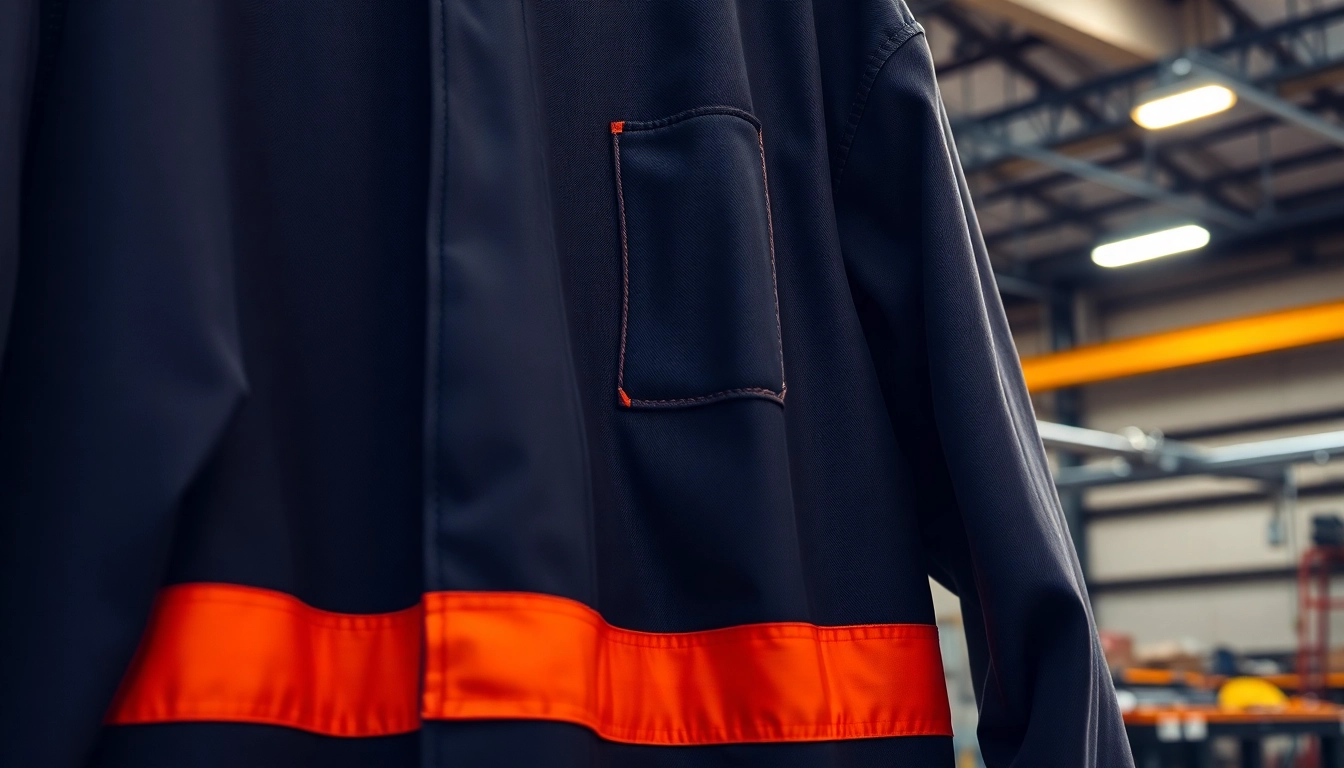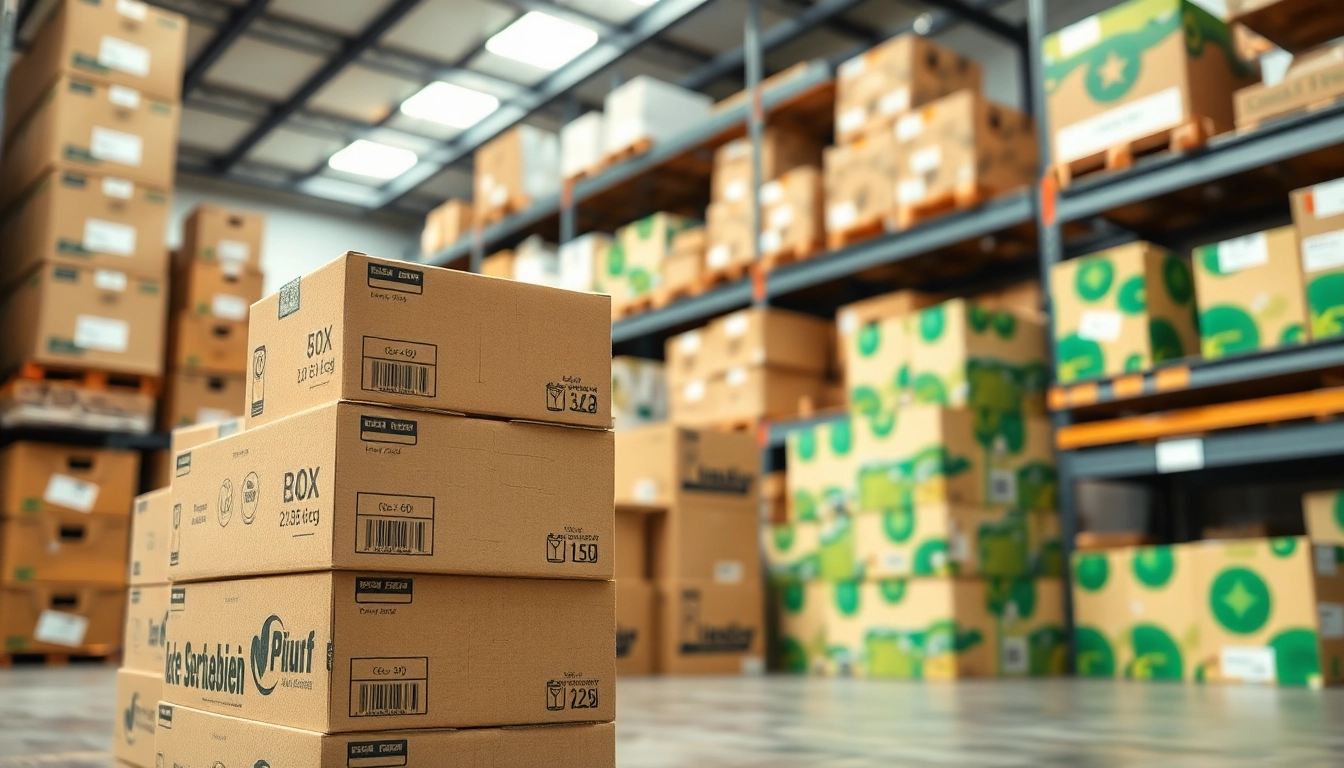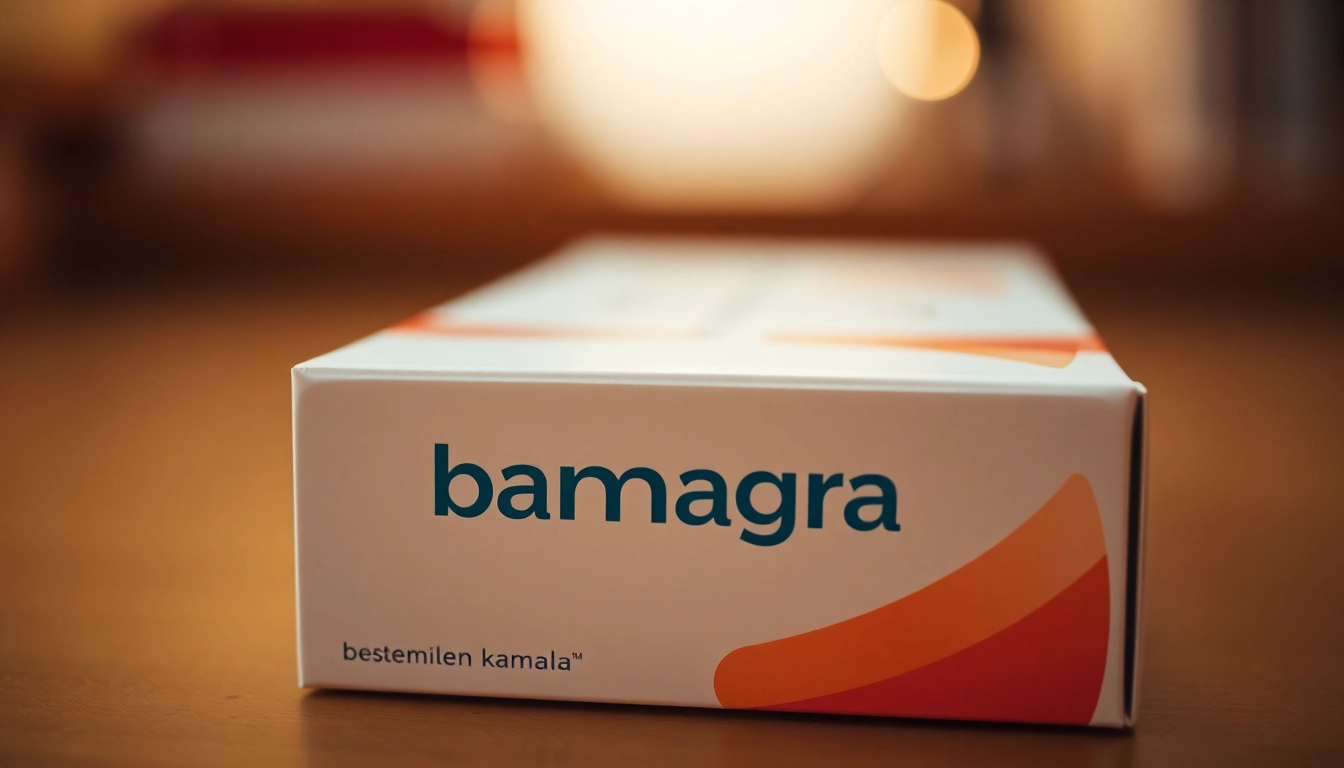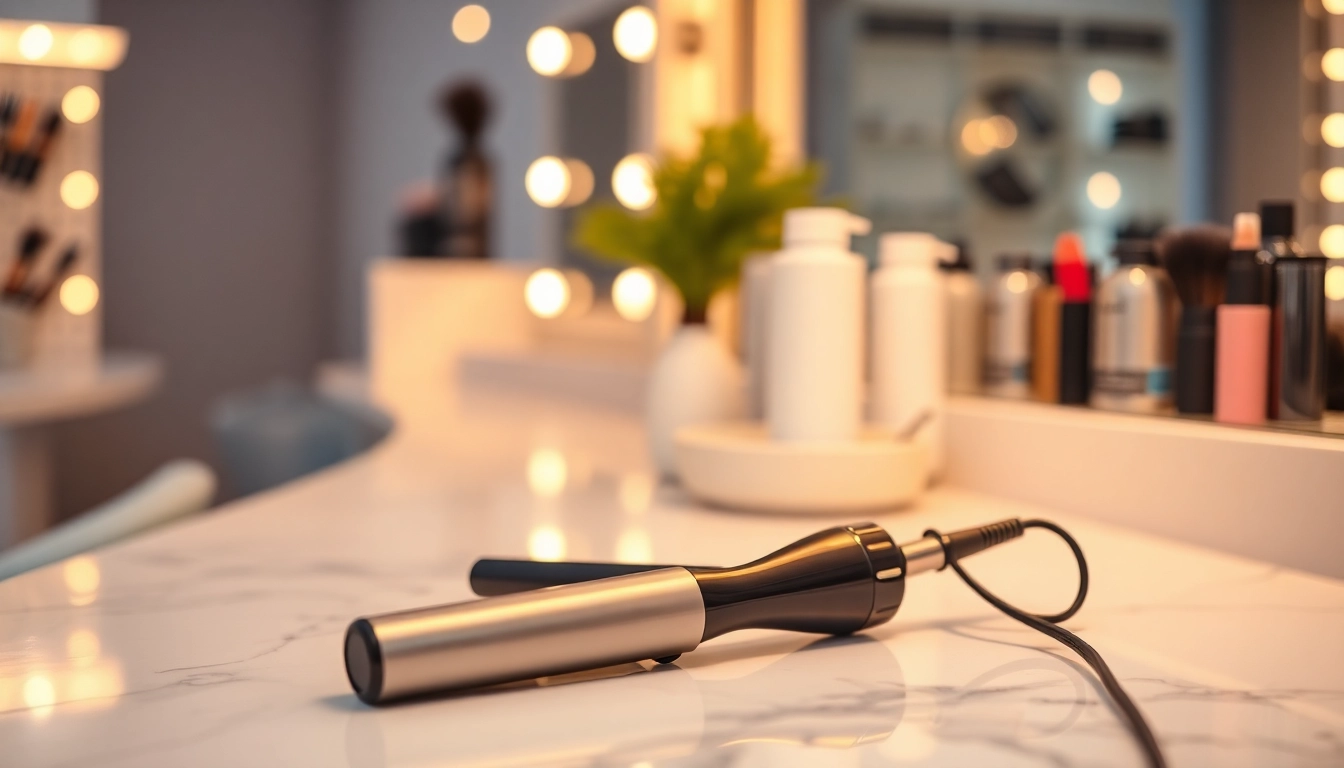Understanding Welding Jackets
What is a Welding Jacket?
A welding jacket is an essential piece of personal protective equipment (PPE) designed specifically for welders. These jackets are made from durable, flame-resistant materials that shield wearers from the intense heat, sparks, and molten metal associated with various welding processes. Their primary function is to protect the skin and clothing beneath from burns, abrasion, and other hazards inherent in welding environments.
Welding jackets come in various styles and materials, typically including cotton and leather, each offering unique benefits suited to different welding scenarios. The increased awareness of safety regulations and worker protection has led to the widespread adoption of these jackets in the welding trade, making them a vital aspect of any welder’s arsenal.
Importance of Safety and Protection
The importance of safety and protection in welding cannot be overstated. Welders routinely face challenges such as high temperatures, flying sparks, and harmful UV radiation emitted during the welding process. Proper protective gear, such as welding jackets, plays a crucial role in minimizing the risk of injury. Statistics from the Bureau of Labor Statistics suggest that workplace injuries in the welding profession can be substantial, highlighting the need for adequate safety equipment.
Welding jackets offer several protective features:
- Flame Resistance: Ensures that the fabric does not ignite easily, providing crucial time for a welder to react in case of accidental exposure to flames.
- Durability: Crafted to withstand wear and tear from both use and exposure to harsh elements, promoting longevity in serious working conditions.
- Coverage: These jackets generally extend beyond regular clothing, providing more coverage for the arms and torso.
By wearing a welding jacket, welders can significantly reduce their chances of sustaining serious injuries, fostering a safety-first culture in the workplace.
Different Types of Welding Jackets Available
Welding jackets come in various types designed to meet the specific requirements of different welding processes. Here are some common types:
- Cotton Welding Jackets: Made predominantly from heavy-duty cotton, these jackets provide breathability along with flame resistance. They are often treated with a flame-retardant chemical for added protection.
- Leather Welding Jackets: Offering superior protection against sparks and spatter, leather jackets are a traditional choice among experienced welders. They provide abrasion resistance and can pose as a barrier against high temperatures.
- Multi-material Jackets: These jackets combine different materials to optimize comfort and protection, often incorporating flame-resistant cotton with leather patches or reinforcements.
- Hi-Visibility Jackets: Designed for outdoor work or areas with low visibility, these jackets come in bright colors and reflective strips to enhance the wearer’s visibility against hazardous environments.
Choosing the right type of jacket greatly depends on the specific welding tasks, the environment, and personal comfort preferences.
Essential Features of a Welding Jacket
Material Considerations: Cotton vs. Leather
When selecting a welding jacket, the choice of material is paramount. Both cotton and leather have distinct advantages and disadvantages:
Cotton
Cotton jackets are lighter and more breathable, making them suitable for overhead welding or in warmer climates. They are typically less expensive than leather options and still offer decent flame resistance. However, pure cotton is more susceptible to wear and may not withstand extreme conditions like leather. Often, cotton options come with flame-retardant treatments that enhance their protective capabilities.
Leather
Leather jackets are notably more durable and offer superior protection against molten metal and heavy sparks. They resist burns and abrasions effectively, making them ideal for demanding welding environments. The downside is that leather can be heavier and less breathable, which may lead to discomfort during extended wear. However, many leather jackets are designed with ventilation features to alleviate this issue.
Flame Resistance Ratings Explained
Understanding flame resistance ratings is critical when selecting a welding jacket. Most jackets are tested and rated according to specific safety standards, including:
- Flame-Resistant (FR): Refers to materials that have been treated to resist ignition and remain flame-resistant under specific conditions.
- Arc Rating: Indicates the level of protection against electrical arcs, which can occur in electric welding. These jackets are rated in cal/cm², with higher numbers indicating greater protection.
- EN Standards: European Norm standards provide guidelines that assess the performance of welding protective clothing, ensuring compliance with safety protocols.
Prioritizing welding jackets with established resistance ratings can make a significant difference in protecting against heat and flame hazards.
Comfort and Fit: Choosing the Right Size
Finding the right fit increases both safety and comfort in welding jackets. A well-fitted jacket allows for greater mobility and flexibility without hindrance. It is advisable to consider the following when choosing a size:
- Layering: Many welders wear additional clothing for warmth; thus the jacket should accommodate these layers without being overly tight.
- Length: The jacket should cover the torso adequately and potentially extend over the hips to protect against sparks and spatter.
- Arm Length: Sleeves should adequately cover the wrists and ideally extend beyond them to protect from heat and sparks.
Trying on jackets before purchasing, if possible, can ensure a proper fit that enhances the safety and ease of use while welding.
How to Choose the Best Welding Jacket
Identifying Your Welding Needs
Before purchasing a welding jacket, it is crucial to assess your specific needs based on the type of welding you perform, the environment in which you’ll be working, and your personal preferences. Factors to consider include:
- Welding Type: Different welding processes (MIG, TIG, stick) might necessitate different features in a jacket to protect against specific hazards.
- Environment: Whether working indoors, outdoors, in hot or cold climates, this can influence your choice of materials and styles.
- Frequency of Use: A heavier-duty jacket may be warranted for frequent or professional welders, whereas hobbyists may opt for lighter options.
Clearly identifying these needs can also help narrow down the vast selection of welding jackets available on the market.
Comparing Top Brands and Options
There are various reputable brands in the welding jacket market. When comparing options, consider factors such as material, flame-resistance ratings, comfort, warranty, and customer service. A few noteworthy brands include:
- Lincoln Electric: Known for its high-quality PPE, Lincoln Electric offers a variety of welding jackets tailored to professional welders, featuring a robust flame-resistant design.
- Miller Electric: This brand specializes in welding equipment and apparel, providing innovative safety solutions including a wide range of jackets and protective gear.
- J Tillman: Renowned for their durable leather welding jackets, J Tillman is favored for their long-lasting protection against welding hazards.
Reading reviews and feedback from other welders can also help strike the perfect balance between quality and cost-effectiveness.
Customer Reviews and Recommendations
Customer reviews can be highly beneficial in selecting the right welding jacket. Consider checking platforms such as:
- Amazon: A vast marketplace where customers frequently share detailed reviews about their purchases, including pros and cons.
- Industry forums and social media groups: Engaging with other welders can provide personalized recommendations based on their experiences.
- Professional welding organizations: Many organizations provide guidelines and product reviews catering to industry standards and needs.
Utilizing these resources can enrich your decision-making process by providing real-world feedback on performance and durability.
Maintaining Your Welding Jacket
Cleaning and Care Tips
Proper maintenance of your welding jacket is essential to ensure its longevity and effectiveness. Cleaning should be based on the jacket’s material:
- Cotton Jackets: Machine wash in cold water and use mild detergent. Air dry is preferable to maintain the fabric’s integrity, and avoid bleach or harsh chemicals.
- Leather Jackets: Wipe with a damp cloth to remove dust and dirt. Occasionally apply leather conditioner to keep the material supple and prevent cracking.
A regular inspection for burns and other signs of wear can help prevent serious issues and assist with early detection of needed repairs.
Repairing Minor Damages
Minor damages, such as small burns or tears, can usually be repaired rather than discarding the jacket. For cotton jackets, patching with flame-resistant fabrics can provide a safe and effective repair. For leather, stitching may be possible, but it’s recommended to consult a professional for significant damage to maintain protective qualities.
When to Replace Your Welding Jacket
Despite proper care, welding jackets have a finite lifespan and should be replaced when:
- The fabric is significantly worn or frayed, compromising protective qualities.
- There are numerous burns or holes, as these could lead to severe injury during use.
- After a specific period has passed, often indicated by the manufacturer, especially if the jacket is used daily.
Recognizing these signs ensures you maintain adequate protective measures while welding.
Frequently Asked Questions About Welding Jackets
Can You Weld Without a Welding Jacket?
Welding without a proper jacket is strongly discouraged, especially for beginners. The risks involved, including severe burns and other injuries, far outweigh any perceived benefits. Even experienced welders working in less hazardous situations should prioritize protective gear to minimize the risks associated with welding.
What to Look for in a Women’s Welding Jacket?
Women welders should seek jackets that offer a comfortable fit and are tailored specifically for the female form. This includes considering shoulder width, arm length, and overall body shape. Additionally, flame resistance and materials should still meet the same high-standard safety requirements as men’s jackets.
Are Custom Welding Jackets Available?
Yes, many brands offer custom welding jackets tailored to specific sizes, preferences, and additional features. Customization options may include embroidered names, company logos, or enhancements for added functionality. Such options allow welders to express their identity while ensuring safety and fit.



